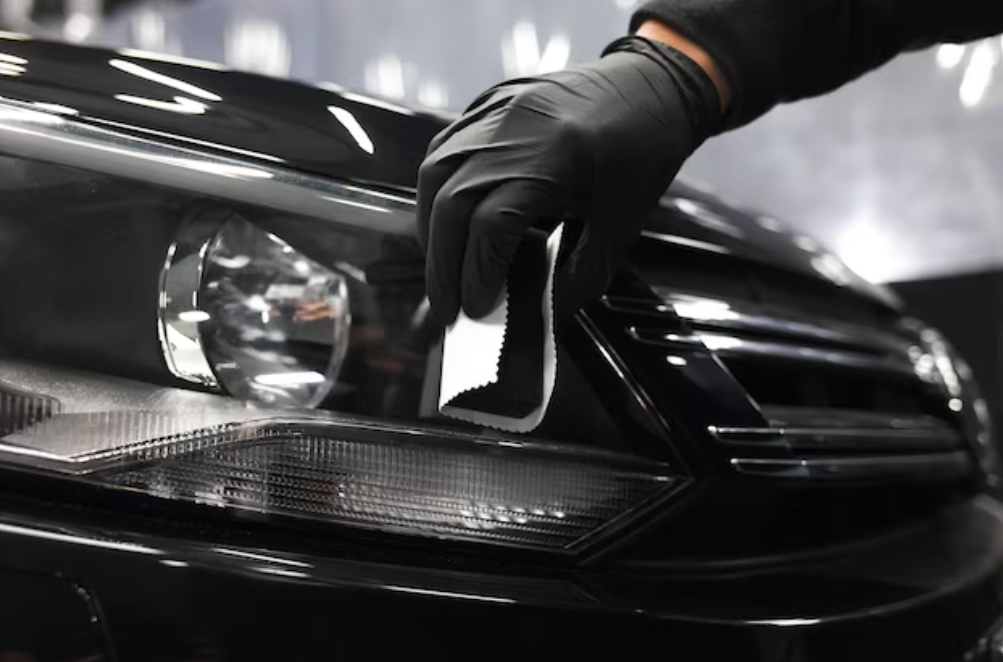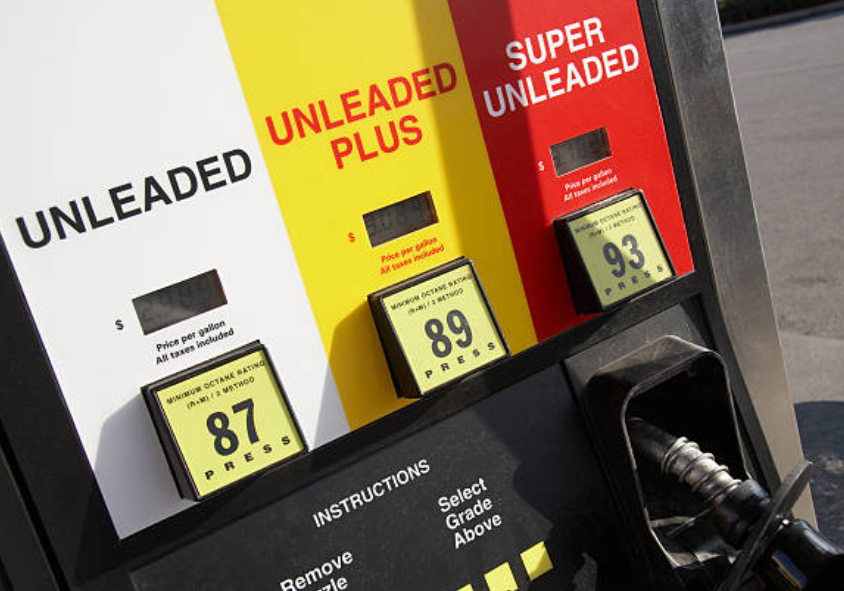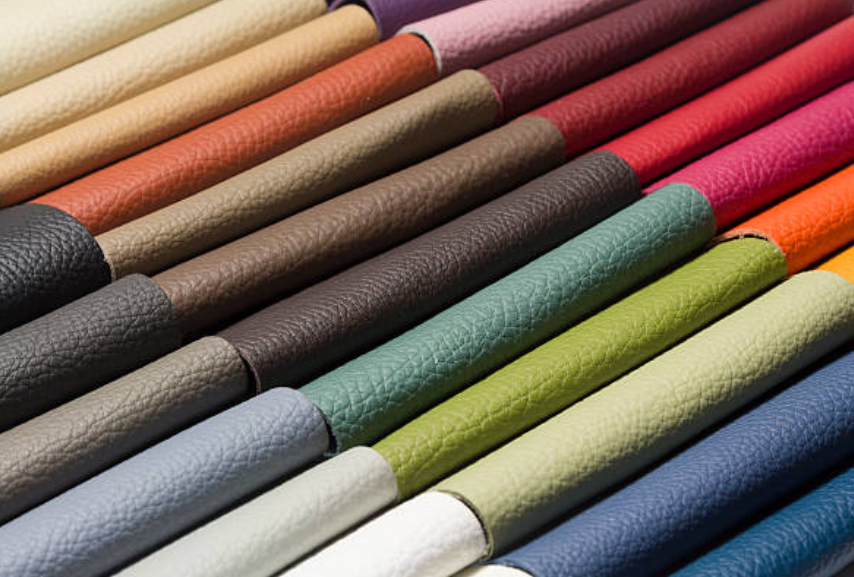Car Polish vs. Car Wax: The Difference for a Showroom-Worthy Finish
Are you looking for ways to improve your car’s shine and appearance? If so, then you’ve probably heard about the benefits of using a car wax and or polish. While both products can create a lasting and aesthetically pleasing finish, it’s important to understand the difference between them. In this blog post, we will discuss what sets these two automotive detailing products apart as well as how they should be used correctly for optimal results. So if you want to learn more about which one is best suited for your vehicle application scenario - keep reading!

What is Car Polish?
A car polish is used to remove defects and minor scratches from a vehicle's surface. It often comprises of a combination of oils and abrasives that help to eliminate any rough edges and leave a glossy, smooth surface in their place. It takes some elbow grease to effectively work car polish into the paint when using a soft cloth.
To preserve and improve the appearance of an automobile's paintwork, car wax is a substance used in automotive detailing. Natural waxes, such carnauba wax, and synthetic polymers are generally combined to make it. Wax for cars can be found in liquid, paste, and spray forms.
The main difference between car polish and car wax is their purpose. Car polish is designed to restore the car's original shine by removing imperfections, while car wax aims to protect the car's paint from environmental damage.
Another difference is in their formulation. Car polish usually contains abrasive particles that help smooth out the surface, while car wax contains waxes that add a protective layer to the paint. Moreover, car wax can either be synthetic or natural, while car polish comes in different chemical or organic formulations.
While car polish is excellent for returning the surface to its natural luster, car wax should be used after polishing to offer a layer of protection. Car wax and car polish work together to preserve the outside of your vehicle, extend its life, and offer a showroom-worthy appearance.

Using auto polish and wax involves some work and expertise to produce the best results. To use auto polish, first thoroughly wash the exterior of your vehicle. Then, using a soft cloth, add a tiny quantity of polish to the surface and work it in circular motions. When you've finished covering the entire surface, polish it with a clean cloth to expose the sheen. Before using any auto polish product, always read the manufacturer's directions.
Similar thorough cleaning is necessary before applying car wax, which should then be applied with a clean applicator pad or cloth. Making careful to cover every square inch of the car's exterior, apply the wax in thin layers. After giving it some time to dry, rub it off with a fresh microfiber cloth to expose the sheen and barrier. Experts advise waxing the car every three months, or more regularly depending on the temperature and amount of use. This will keep the car's sheen and protection.
-
Can car wax and car polish be used interchangeably?
No, car wax and car polish are not interchangeable. They serve different purposes and have distinct formulations. Car polish contains abrasive particles that remove a thin layer of the paintwork to correct imperfections, while car wax forms a protective layer on the surface. Using car wax as a polish may not effectively correct imperfections, and using car polish as a wax may not provide the desired protective coating.
-
When should I use car wax versus car polish?
When you wish to fix minor paintwork flaws like swirl marks, scratches, or oxidation, car polish should be applied. It is frequently used before using auto wax or on its own to enhance the paint's look. On the other hand, car wax is used to give the paintwork a shiny sheen while also protecting it. The paint should be protected from impurities from the environment by utilizing it after applying auto polish.
See more review here: The 10 Best Adhesives For Car Trim
















